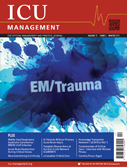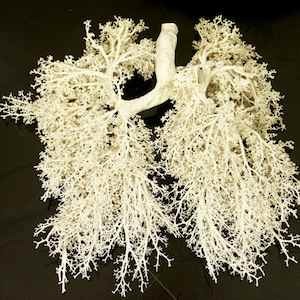ICU Volume 15 - Issue 4 - 2015
- ICU
- 31/12/2015
Change content default value
READ MORE
The healthcare system in Egypt has come a long way, but still faces many challenges when it comes to improving the health and wellbeing of its people. Egypt has a high rate of population growth, and it is estimated that the population will reach 92 million by 2020. In order to improve the standards of critical care and to ensure physicians have a greater...
READ MOREWithout Primary Acute Brain Injury This review focuses on the current experience with clinically available neuromonitoring techniques in critically ill patients at risk for neurological compromise, but without overt acute brain injury (ABI). The field of neuromonitoring has grown rapidly over the past 30 years, which has helped improve pathophysiological...
READ MOREThe ICU Response Infection with the Middle East respiratory syndrome coronavirus (MERS-CoV) , a recently identified virus, has led to several hundred cases of severe acute respiratory illness requiring admission to the ICU (Saad et al. 2014; Arabi et al. 2014). As of 4 December 2015, the World Health Organization (WHO) reported 1,621 laboratory-confirmed...
READ MOREDefining the Role of the Intensive Care Unit This review article aims to alter the preconceived mindset that surrounds the intensive care unit (ICU) and the patient with an acute ischaemic stroke (AIS). A contemporary body of evidence is emerging that shows that specific interventions can improve outcomes, and this article highlights key evidence-based...
READ MORETargeted temperature management is the key intervention for improving neurological outcomes after cardiac arrest. We discuss new data on the optimal timing and modalities of targeted temperature management. It took nearly half a century, from 1957 to 2002, for therapeutic hypothermia to acquire its current status as a key intervention for improving...
READ MOREThis article focuses on the type of fluid available and respective indications in the course of trauma resuscitation according to the situation: haemorrhagic shock, trauma brain injury. In trauma patients, fluid resuscitation aims at preventing a cardiac arrest due to severe hypovolaemia and at achieving a satisfying level of mean arterial pressure...
READ MOREProviding seamless emergency care is the ideal for those of us who work in emergency medicine and intensive care. In the past, intensive care units were a closed part of the hospital, and admission was strictly controlled. This idea is obsolete now. It is heartening that we are providing more integrated care between emergency and intensive care. Intensivists...
READ MORE
Doctors can play a pivotal role in addressing suffering if they can expand how they work with patients, according to an opinion piece published in...
READ MORE
The current trend is to decrease tidal volumes for positive ventilation during surgery. But is this harmful or beneficial to patients? A recently...
READ MORE